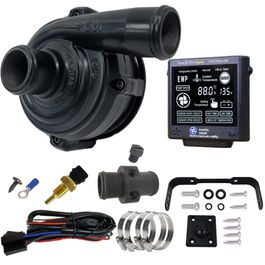Hi, I'm new here, not sure if this should be here or in a blog?
A few pics/vids and blurb about my project.
Midget car racing is a low cost racing series in Ireland which is regulated by Motorsports Ireland. Small single seater home built cars with small capacity engines race on a grass surface at one day events held over the summer.
Design criteria are simple with roll bar size, min and max dimensions for wheel base, track, overall length and body width. Naturally aspirated car engines range in size from 850cc to 1300cc, depending on class and engine location.
Harness, helmet and race wear must be certified but use by dates do not apply. All of which keep cost down and competition tight.
Midget car racing ireland
I decided on a 1L Micra K11 pre coil pack and got lucky and found a 98 (1 lady owner, it actually was) 47k miles car.
Dismantling and measuring the front end to be reused almost as is for the new rear end.
I decided to swap the lower control arms from left to right, which puts the pointy end just under the rollbar and keeps the frame small and forward.
I got the roll bar bent in a local engineering shop and built the rear frame around it and the engine, opting to connect straight to the engine without the rubber engine mounts, It'll be a little shaky but it's speed not comfort I'm after.
A few pics/vids and blurb about my project.
Midget car racing is a low cost racing series in Ireland which is regulated by Motorsports Ireland. Small single seater home built cars with small capacity engines race on a grass surface at one day events held over the summer.
Design criteria are simple with roll bar size, min and max dimensions for wheel base, track, overall length and body width. Naturally aspirated car engines range in size from 850cc to 1300cc, depending on class and engine location.
Harness, helmet and race wear must be certified but use by dates do not apply. All of which keep cost down and competition tight.
Midget car racing ireland
I decided on a 1L Micra K11 pre coil pack and got lucky and found a 98 (1 lady owner, it actually was) 47k miles car.
Dismantling and measuring the front end to be reused almost as is for the new rear end.
I decided to swap the lower control arms from left to right, which puts the pointy end just under the rollbar and keeps the frame small and forward.
I got the roll bar bent in a local engineering shop and built the rear frame around it and the engine, opting to connect straight to the engine without the rubber engine mounts, It'll be a little shaky but it's speed not comfort I'm after.
Last edited:


